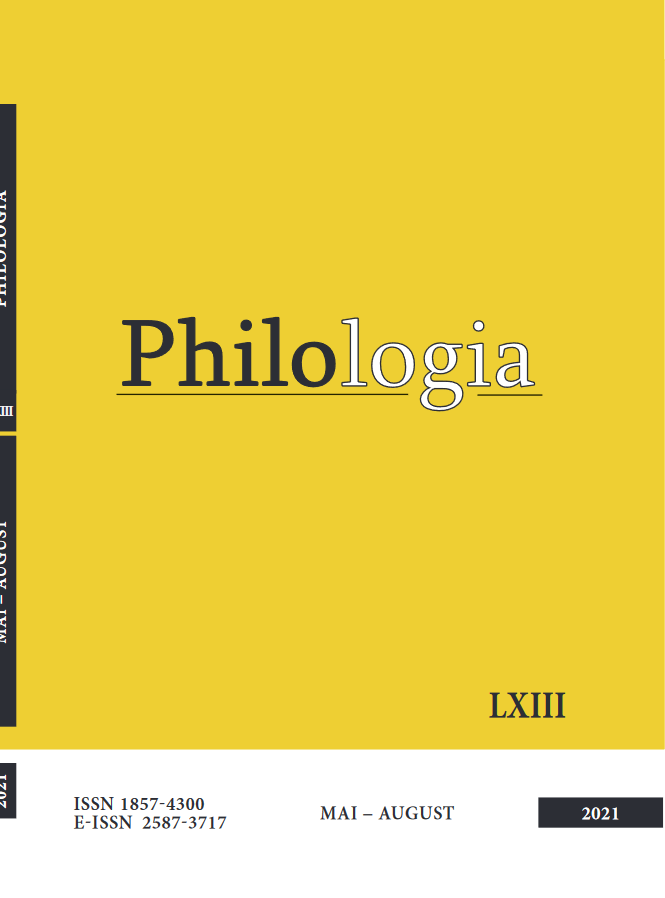Abstract
The morphological peculiarities of the pronoun present in the text of the popular writing entitled Sandipa (ms. Rom. 824, dated in 1798 and kept at the State Library of the Russian Federation, Moscow) are analyzed. Being a flexible part of speech with several species (9), the pronoun is highlighted by a series of forms typical of both our first ancient texts and those developed in the second half of the eighteenth century, especially in recent decades. of the century, therefore contemporary with the handwritten version of the popular writing announced in the title.

